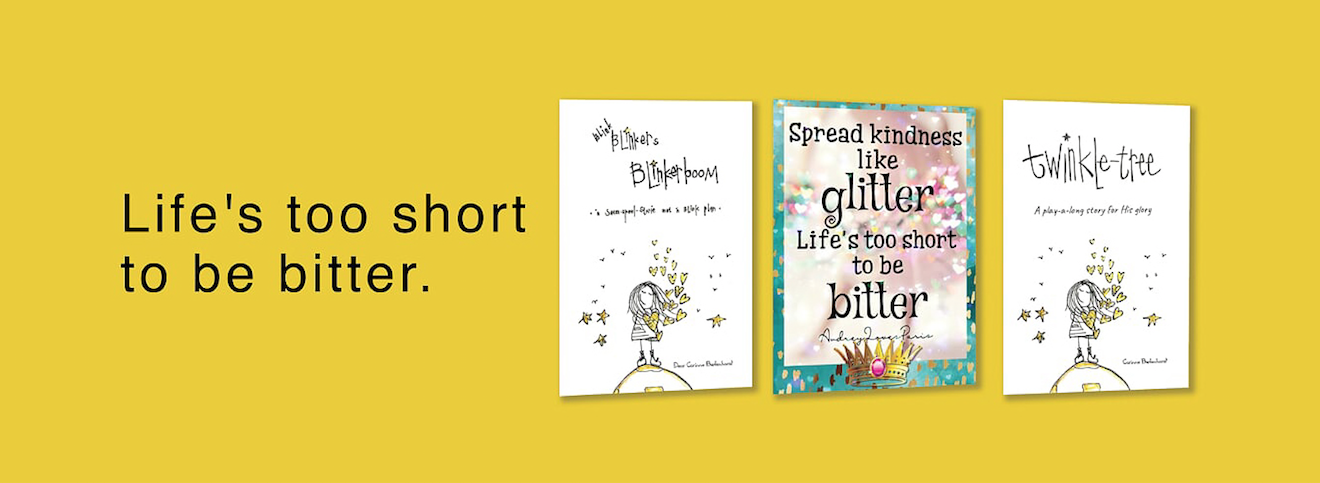The use of allegory goes way back, probably because it was easy for readers and audiences to understand and to integrate it in the perfect “developmental stage” of emotional development. It somehow has the ability to contribute to the growth of character.
What is beautiful of such an image is that everyone can associate with it on some sort of level. There is no “law” attached to it, in other words “you must do this or you have to do that” it instead meet every child, mom or reader at the place he/she is at – or willing to go. With liberty it also brings a personal challenge to ones emotional intelligence – and equip the reader to integrate this new “skill” or perception into their personal relationships, at school, home or workplace. It is like a living stone – a stone that will grow with the “building”. Allegory, of course, utilizes metaphor to enhance the meaning of the work or the skill offered. It’s generally hard to miss the point of an allegorical writing, since the places and characters are often pointedly named for or characterized by the qualities they represent.
Plato believed that truth was obtained from looking at universals in order to gain an understanding of experience. In other words, we have to travel from the visible realm of image-making and objects of sense, to the intelligible, or invisible, realm of reasoning and understanding. By introducing this kind of stories to our kids, we stimulate their executive cognitive functions and actually promote emotional intelligence, better academic performance and social adaptiveness.
As a literary device, an allegory is a metaphorin which a character, place or event is used to deliver a broader message about real-world issues and occurrences.
The Twinkle-tree allegory is used as rhetorical device to convey (semi-)hidden or complex meanings through symbolic figures, actions, imagery, or events. It aims to cultivate resilience in conflict situations – as conflict unfortunately has a direct impact on self-esteem.
It is simply, profoundly beautiful how children are just able to ‘grasp’ the hidden meaning of Twinkle tree – they somehow have a way to weave the meaning of it into their developing characters. And – even more amazingly have the ability to integrate it into the context of real life.
With Twinkle tree I was awakened to the magical world of kids. How they can actually use rhymes, stories and allegories and make it a beautiful part of their perception. This then actually comes with a warning as well – for us as parents – to consider with what we “feed” our children’s developing characters/self images.
If we could encourage our children with stories that will promote self-discovery, we will equip our kids with resilience and greatness in an uncertain world.
The beauty of stories is that it is always read with love – and it has a magical impact on kids as they mostly receive the message while in a coherent state. Also known as ‘super-learning’.
Twinkle tree will encourage little ones, parents and families to grow in resilience. With the main goal to equip the reader with a perception shift – or maybe even a paradigm shift on how the perceive conflict.
If we discover the great story of ‘me’ – the story that we carry with us all the time. We will no longer be influenced by the words, body-language or criticism of others. We will be able to distinguish and discern – and in other words – we will know how to choose our battles, grow with resilience, have compassion and act with love.
Right at the end of the little book, it offers a page to draw your own twinkle tree, and two pages for friends to write you a little ‘twinkle-graph’.
The story centers around a twinkle-tree, glitter and prickles…! A story that kids love to read again and again.



Leave a Reply